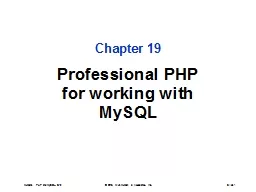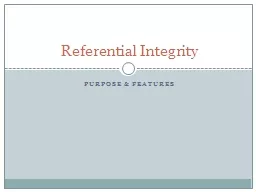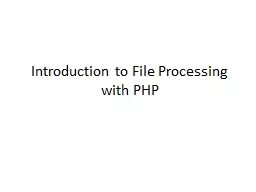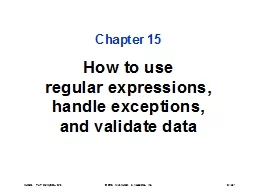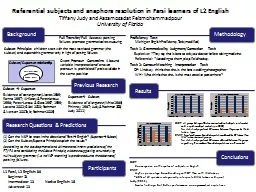PPT-Keys, Referential Integrity and PHP
Author : ellena-manuel | Published Date : 2016-06-30
One to Many on the Web Music Database Artist Album Track PK artistid PK artistid albumid FK artistid PK trackid FK artistid a lbumid New Order Nick Cave
Presentation Embed Code
Download Presentation
Download Presentation The PPT/PDF document "Keys, Referential Integrity and PHP" is the property of its rightful owner. Permission is granted to download and print the materials on this website for personal, non-commercial use only, and to display it on your personal computer provided you do not modify the materials and that you retain all copyright notices contained in the materials. By downloading content from our website, you accept the terms of this agreement.
Keys, Referential Integrity and PHP: Transcript
Download Rules Of Document
"Keys, Referential Integrity and PHP"The content belongs to its owner. You may download and print it for personal use, without modification, and keep all copyright notices. By downloading, you agree to these terms.
Related Documents



